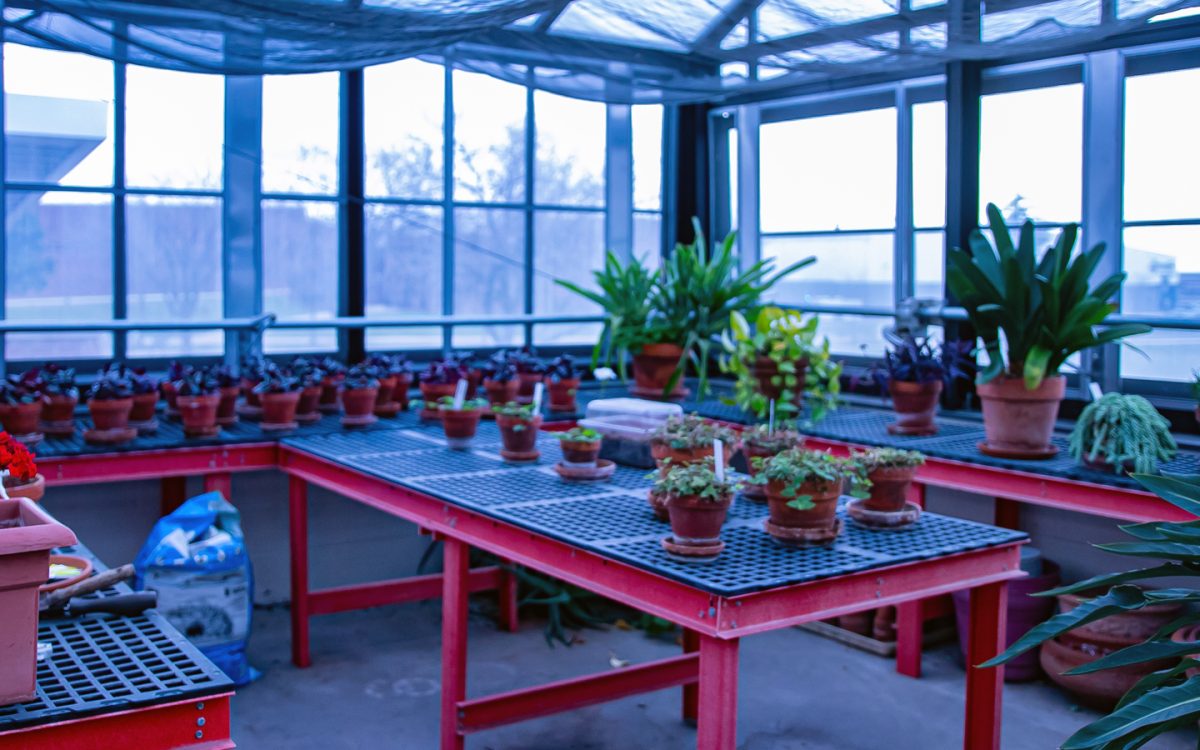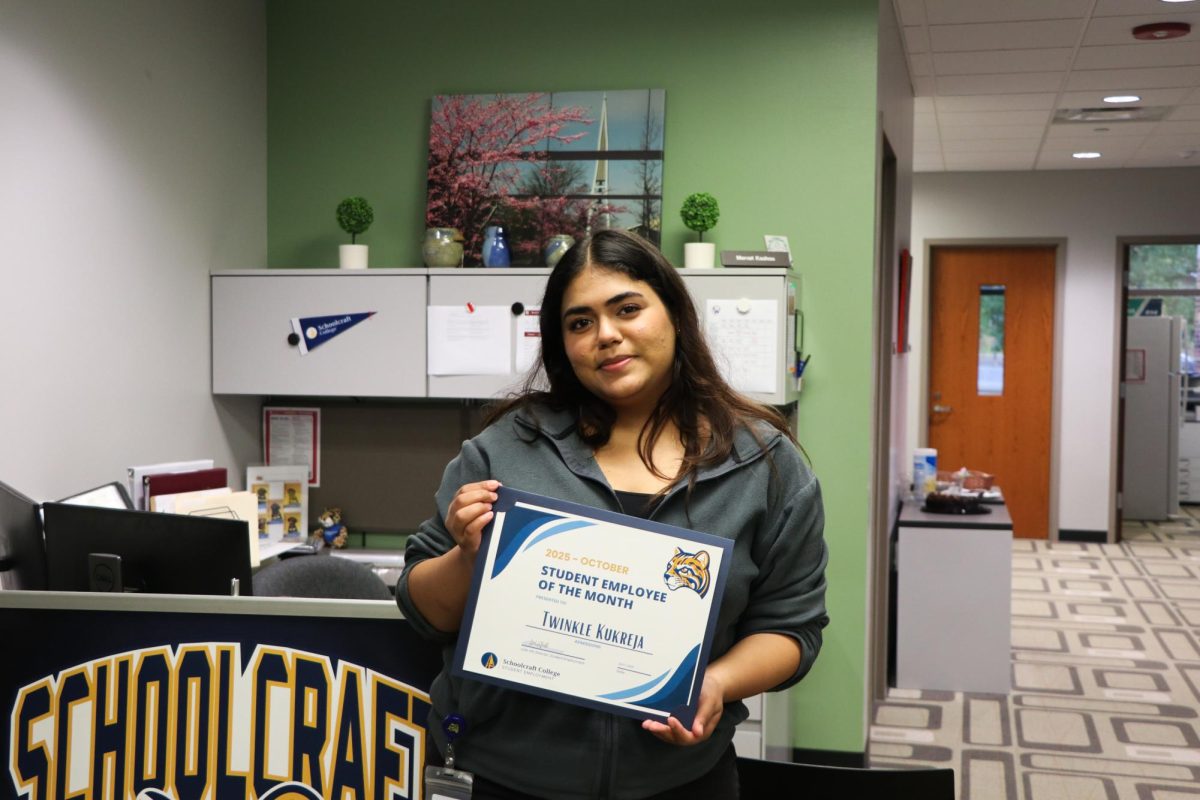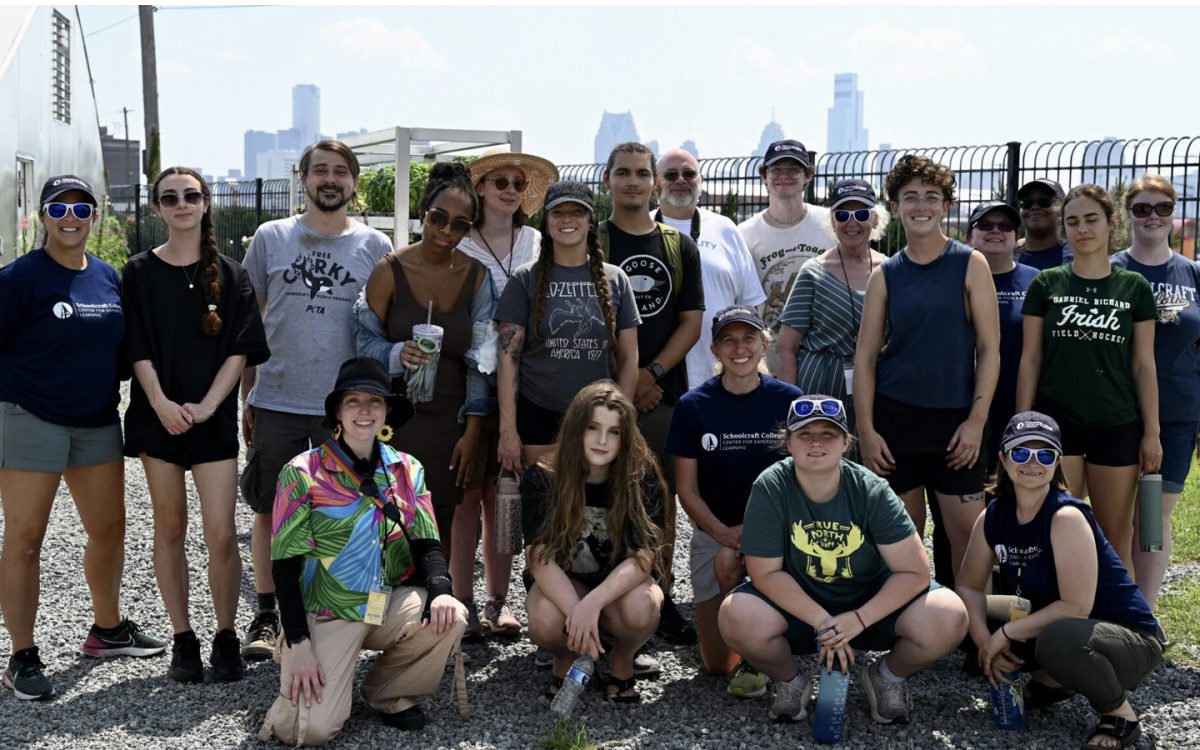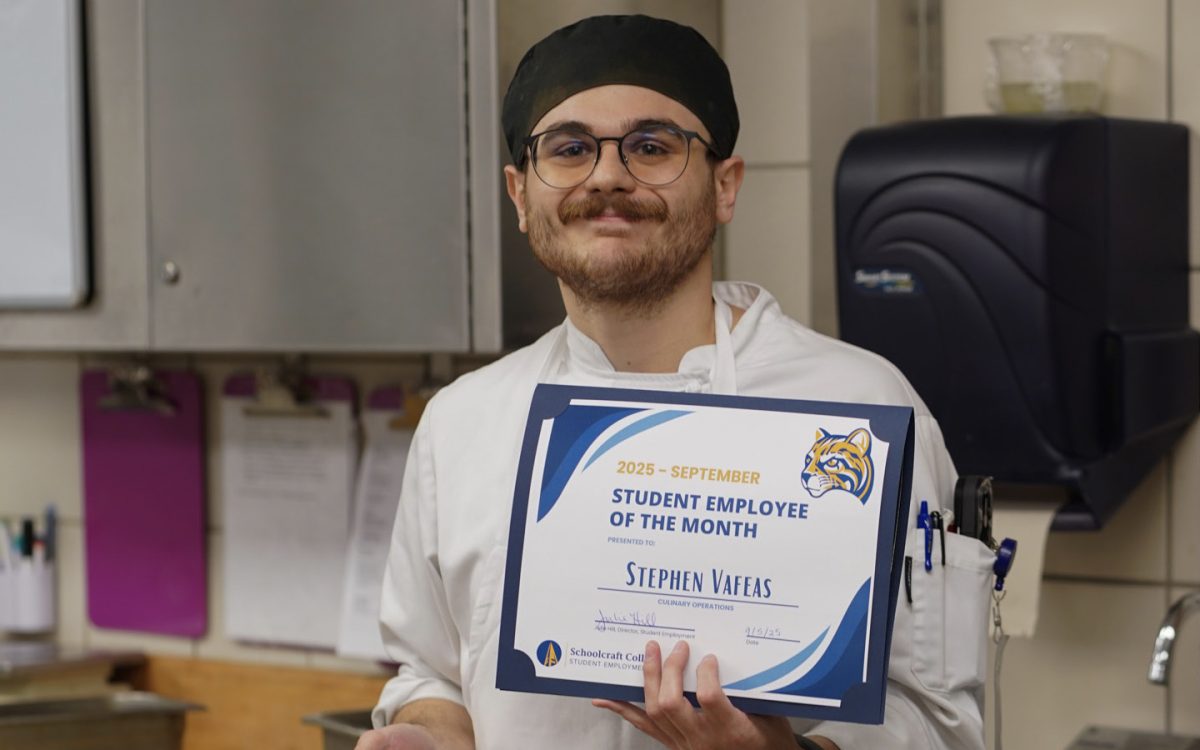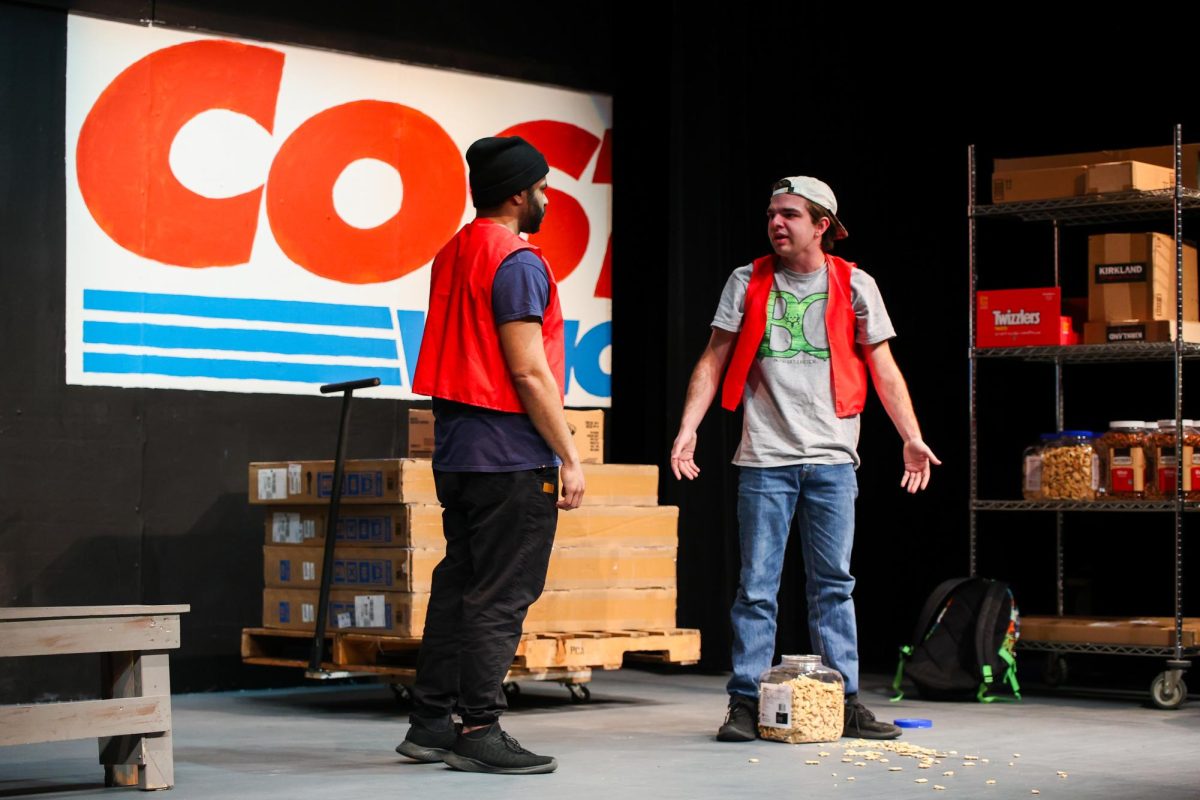Perhaps you pass it by on your way to class, on your way to work, or just while on a walk around campus, and you notice green leaves through the windows of a small building right next to the forum. While many people might not think much of it at first, there is much more to this little building than they might realize.
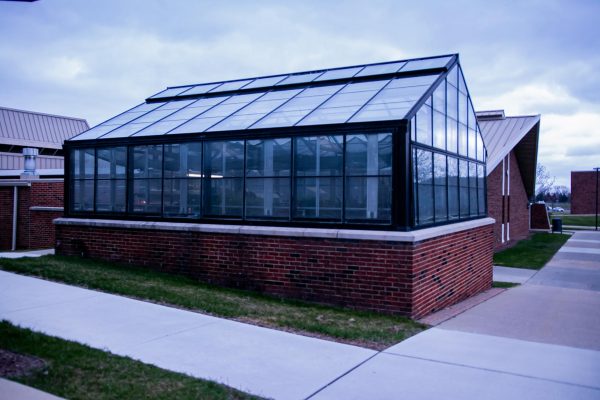
This building houses Schoolcraft’s greenhouse which has countless uses for students, and is home to more than 17 different kinds of educational plants. These plants can be an interesting teaching tool for Schoolcraft’s biology classes such as Bio 101, 120 and 130 classes. For some projects, students get the chance to dissect flowers, study how plants absorb carbon dioxide, use chlorophyll and understand how each organism moves through different life cycles.
“In the spring, we cut down some of the plants to prepare for summer. The upkeep of each of the plants depends on the season, so right now we are working on propagating some of our plants from existing ones we have already,” said biology professor Tammy Duval, who has been caring for the greenhouse for the past five years. Each plant has different care details and needs to survive, so having a green thumb (and knowledge on plant biology) is very important.
In the greenhouse, the most common out of all the plants are ones like purple and green zebrinas, geraniums, spider plants, aloe vera, kangaroo paw and coleus.
“Only about seven or eight kinds of plants are used in class, but they are great study tools for students,” said Johanna Griest, lead professor who is newly in charge of keeping the greenhouse healthy and thriving. Griest says students use these plants lately for what is called the Fast Plants Project where students spend 10 weeks studying how seeds grow over time.
Student, Skyler Umney, used the greenhouse for his honors research project.
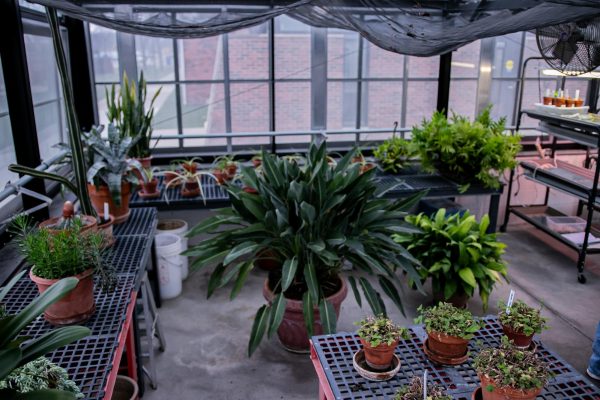
“The project that I had done in the greenhouse as my Honors program agreement option was an eight week long experiment to test the effects of three different substrates/mediums in plant growth from a pothos cutting” said Umney.
In his studies, Umney was able to observe how well these cuttings grew by placing them in different mediums, either soil (as the control group), sphagnum moss or water, to see how they changed.
“Every week, I would water the plants with the same amount of 100mL of water on every Tuesday and Thursday, and ensure that the water group glasses were full,” said Umney. By the end of the experiment, he was able to conclude that water had the best root growth, while the soil had the most significant mass change overall. Using the greenhouse, he was able to support his studies.
Knowing all of the purposes the greenhouse serves, let’s continue to take care of it and show it a little love each time you pass by.
For more information about the greenhouse and to learn more, contact the Schoolcraft Science department at this email, [email protected]!



